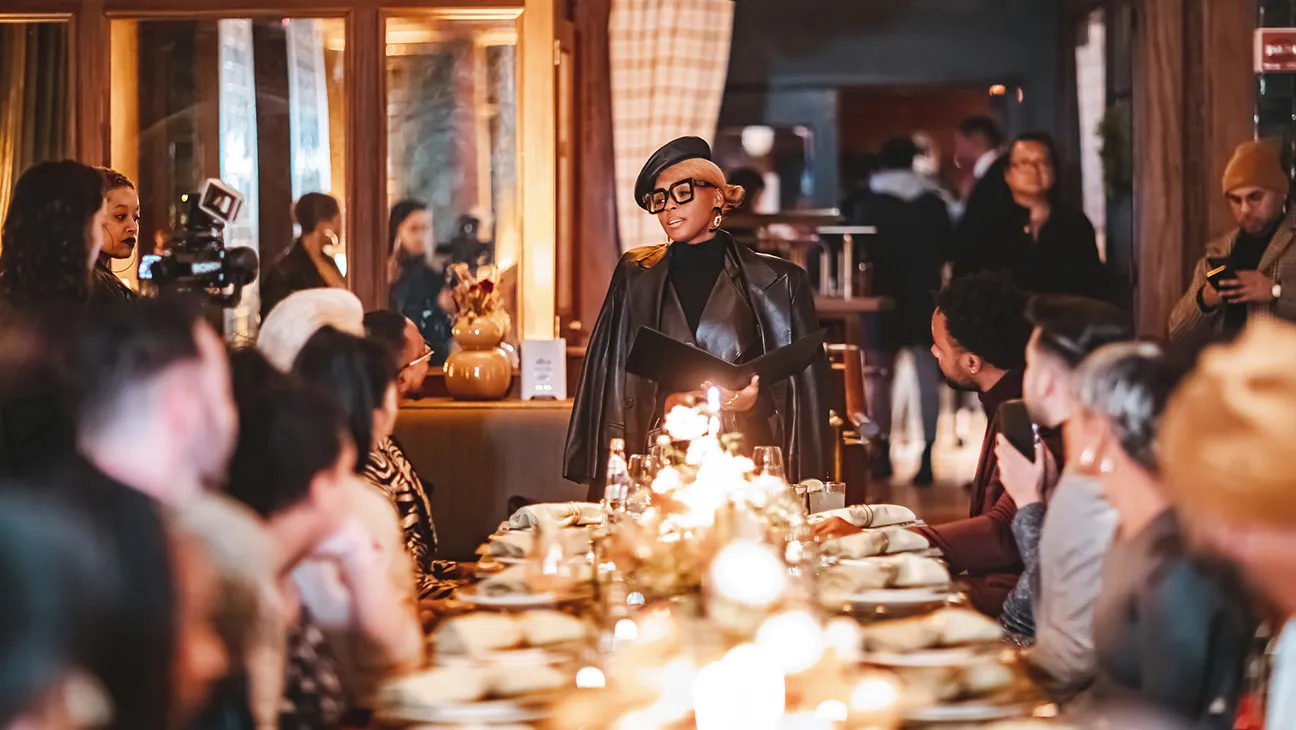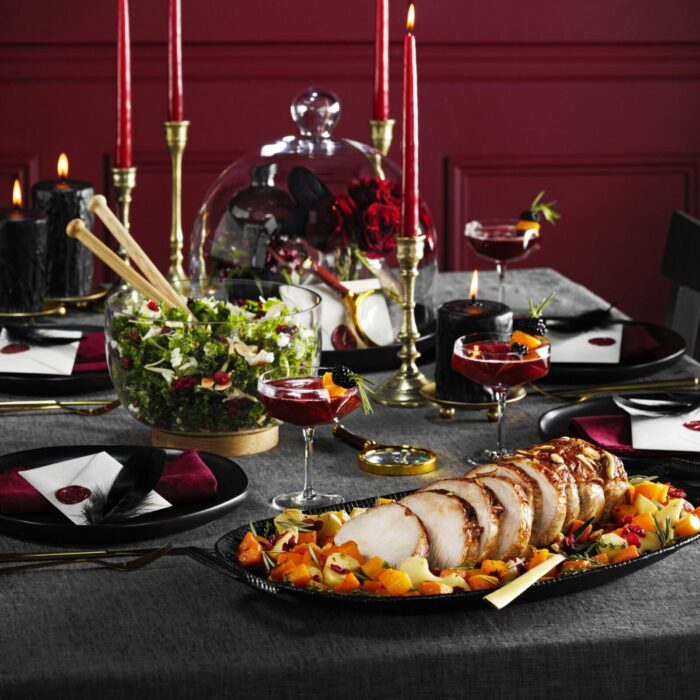
Murder mystery dinners are interactive dining experiences where guests engage in solving a fictitious murder case while enjoying a sumptuous meal. These events generally combine three central elements: food, camaraderie, and a riveting whodunit plot. The guests are not simply observers, but integral parts of the story, each playing a specific character as they try to figure out the identity of the murderer among them.
The evening’s storyline unfolds between courses, keeping guests on their toes as they gather clues to solve the murder by the end of the night. Some murder mystery dinners even incorporate professional actors to guide the event, while others leave the sleuthing entirely in the hands of the guests. Regardless of the format, these events offer an exciting alternative to regular social gatherings, promising an evening of suspense, intrigue, drama, and delicious food.
The History and Origin of Murder Mystery Dinners
The emergence of murder mystery dinners can be traced back to the 1930s, with the creation of interactive theater games. These games originated in England, where story-driven social gatherings started gaining popularity. Through the years, these games changed to incorporate murder or mystery plotlines, influenced by the increasing popularity of detective novels and crime dramas of the time. Murder mystery dinners, as we know them today, officially started to appear in the late 1980s in the United States, offering a unique mix of theater and dining.
The progression of murder mystery dinners throughout the years has been significant. The essential premise has always remained the same, someone “dies,” and everyone else has to figure out “who did it.” The formats and themes have diversely expanded. From private home parties to corporate events, these dinners are now organized in various sizes, styles, and themes, incorporating elements from popular culture and literature. With technological advancements, these events have also adapted digital formats, allowing people to enjoy these thrilling experiences no matter where they are.
An Overview of Murder Mystery Dinners

At the beginning of a murder mystery dinner, each guest receives a character role and information about their identity, personal secrets, relationship to the victim, and clues to assist in solving the mystery. The meal then serves as a backdrop for the investigation, providing an opportunity for guests to interrogate each other, gather information and cast accusations.
Roles played at a murder mystery dinner are divided into three main categories: the guests, the host, and the murderer. The guests are the investigators tasked with solving the crime. They are required to interact, observe, ask questions, and draw conclusions based on the information they assemble throughout the evening. The host, often the organizer, coordinates the event, facilitates the game and might also play one of the character roles. The murderer, on the other hand, aims to keep their identity hidden, mislead the guests and divert attention away from themselves. While participants know that one among them is the murderer, the identity remains a secret, fueling the suspense and intrigue of the evening.
The Atmosphere and Scene Setting

The atmosphere and scene setting are critical elements in a murder mystery dinner. They contribute significantly to the event’s overall experience and help in creating a believable and immersive environment. The right atmosphere sets the tone for the dinner, elevating the intrigue and enhancing the suspense. This typically involves elaborate decorations, eerie lighting, background music, and theatrical effects, all designed to mimic the setting of a real-life murder investigation. Many hosts even go as far as designing clues and props that align with the event’s theme, adding an extra layer of authenticity and enhancing the overall interactive experience.
The theme for a murder mystery dinner can vary greatly. Traditional choices often lean towards popular movie genres like horror, science fiction, or film noir settings. However, more creative and unique themes are becoming increasingly popular. These could be historic eras, like the Roaring Twenties or Victorian era, or settings from popular culture, like a Hogwarts-themed murder mystery. The theme chosen not only influences the event’s décor and setting but also the plot of the mystery, the characters’ costumes, and the menu. Regardless of the theme, the primary goal remains the same: to create an atmosphere full of suspense and mystery that encourages guests to fully commit to their roles.
The Excitement and Thrill of Solving a Murder

Discovering the enigmatic hero from the malicious villain, laying bare the sinister secrets, and ultimately, unveiling the murderer, the thrill of solving a murder is truly electrifying. This thrill stems from a psychological perspective; humans naturally crave the ability to analyze, to understand, and to solve puzzles. Participating in a murder mystery dinner satisfies this innate desire. The unpredictability that accompanies decoding clues and uncovering secrets taps into our inherent curiosity, while the social aspect of collaborating with others to solve the mystery forms connections and enhances the experience.
Participants across numerous murder mystery dinners often recount their adrenaline-filled experiences with joy. Many narratives invoke the feeling of actually being a part of a real-life detective story, where every guest, every conversation could potentially hide a vital clue. One participant even drew a parallel between the revelation of the killer and the climax of a thrilling novel, describing it as an unforgettable tension-filled experience, packed with anticipation and surprise.
Murder mystery dinners provide an eclectic mix of fine dining, intrigue, and interactive gameplay, making them compellingly attractive. This thrilling form of social entertainment, laden with suspense and excitement, allows guests to momentarily step into a detective’s shoes, fostering a unique experience that’s hard to forget.
















